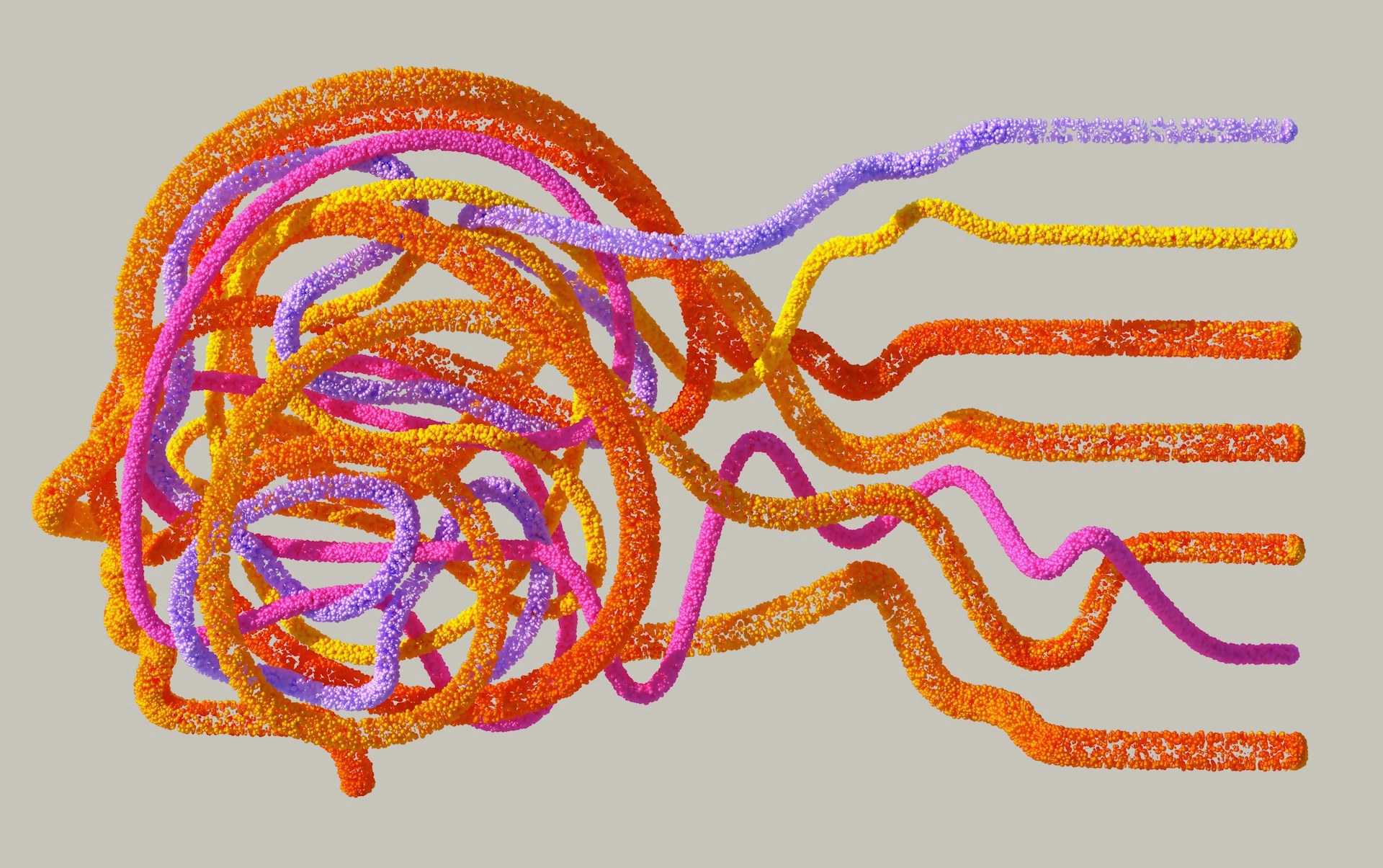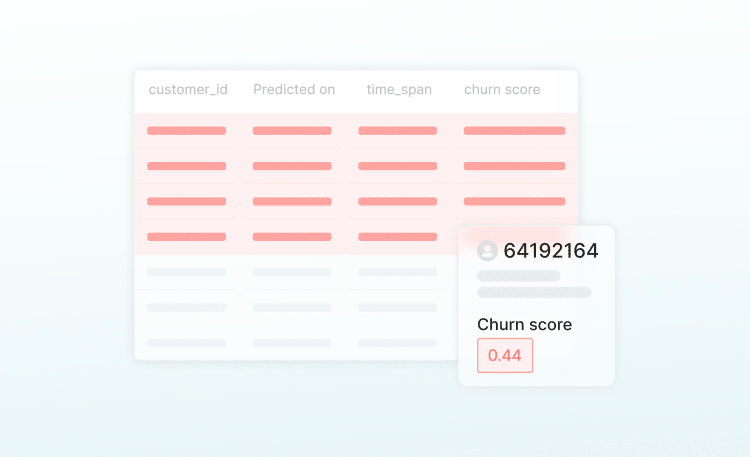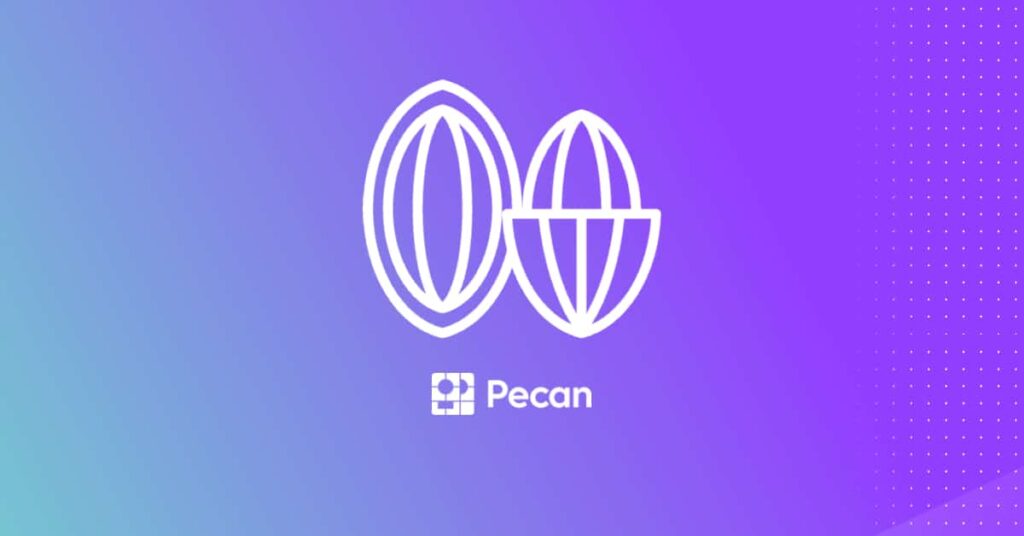In a nutshell:
- Data analysts are facing challenges in making data-driven decisions with traditional business intelligence methods.
- Predictive analytics offers a proactive approach to analyzing data and making accurate predictions for future outcomes.
- With Pecan’s predictive analytics solution, data analysts can easily build and deploy predictive models without needing advanced data science training.
- Predictive analytics can provide valuable insights aligned with business KPIs, leading to better-optimized processes and increased profits.
- By leveraging AI-powered machine learning techniques, data analysts can enhance their role, contribute to business success, and advance their career opportunities.
As a data analyst, you’re well aware that data is the name of the game today. Organizations in almost all industries—retail, e-commerce, gaming, mobile apps, insurance, financial services, and more—are collecting huge amounts of data about their customers at every step of the customer journey.
The question is: What happens to that data once it’s been collected? How many hours have you spent combing through tons of data looking for significant trends? It probably sometimes feels like looking for a needle in a haystack, trying to find the information that will help business managers make informed decisions.
No matter how hard you work, 84% of marketing leaders agree it is still difficult to make day-to-day data-driven decisions and take action. What differentiates a successful company is how they use that data to make informed business decisions. And we’ve got great news for you. You don’t need a data science degree to analyze your company’s data and wow your superiors with the insights you can bring them.
You’re probably used to relying on business intelligence (BI) and analyzing past data in order to find the gold in your data. While there’s definitely significant business value to such analyses, the impact is limited: They’re descriptive, they look back in time, they take a lot of manual intervention to generate, and the insights are not necessarily actionable. Sound familiar?

With advances in artificial intelligence (AI) and machine learning (ML), you can more easily than ever switch to AI-powered predictions. Known as predictive analytics, this approach addresses the limitations of BI and can complement the use of BI. Predictive analytics can take any business to the next level with accurate and actionable predictions that can drive significant improvements across the entire customer journey.
With Pecan’s innovative predictive analytics solution at your fingertips, you can take full advantage of this technology to take your existing skills — and the value they contribute to the business — to the next level.
The Limitations of Traditional Business Intelligence
First, you spend hours trawling through numerous sources of historical data, looking for trends that can provide insight into customer behavior. Then, you prepare a report explaining these trend(s) to your business managers. The managers then use those insights to make better tactical and strategic decisions.
It sounds like a well-oiled system (and no doubt you DO uncover important findings), but there are significant limitations to this process:
- Historical data: This method relies on historical data only. While looking at past behavior can provide interesting insights and may hint at explanations for certain outcomes, this approach does little to predict what will happen in the future.
- Few data points: The human brain can process only a limited amount of data at any given time. Therefore, you can likely only examine a few data points, which means that many potentially valuable insights are missed, through no fault of your own.
- Group-level information: Business intelligence provides information at a segment or group level of users or customers, but it is rarely—if ever—able to provide individual-level data.
- Manual and slow: Manual data analytics relies on manually connecting and converting data sources to be used by dashboards and analytics tools, which often results in aged insights that arrive too late for meaningful action.
Due to these limitations, your work as a data analyst isn’t actually providing as much value as it could be. The trends and results that you uncover may not necessarily even be connected to the KPIs and goals the managers want to achieve.
Again, these limitations are not your fault. You can only work with the tools you’re given. Now imagine that your toolbox is about to get a giant upgrade from only traditional BI tools to include advanced predictive analytics capabilities.

The Benefits of Predictive Analytics
The limitations of standard business intelligence practices stem from the process’s reactive nature. It involves examining what has happened and devising new strategies based on that information.
Predictive analytics, on the other hand, is proactive. It allows companies to predict what will happen going forward so that next steps can directly address the predicted scenarios. Instead of only looking at the past, AI-driven techniques used in predictive analytics analyze past and current behavior to foresee what’s most likely to happen next.
Relying on machine learning algorithms instead of a human brain massively increases the number of data points that can be analyzed for significant connections and patterns. Rather than searching for a needle in a haystack and waiting for trends to appear out of the data, predictive modeling techniques can be trained to generate predictions of future outcomes aligned with business KPIs.

For example, if your business managers are concerned about customer retention and churn, you can use predictive analytics to predict which customers are most likely to churn. These predictions can be made at the individual customer level. Knowing exactly which customers are likely to churn, managers can decide what actions to take to retain them. All of this can happen quickly, so that customers can be saved before it’s too late—making both you and the business manager look like heroes.
Or, if you want to focus on your highest-value customers, you can use predictive analytics to reveal who those customers are and predict how they will respond to various offers or situations. This can provide managers with the information they need to customize specific offers and significantly increase the chances that they will be accepted. These are only two of the types of questions predictive analytics can answer about future events.
Key Differences Between Business Intelligence and Predictive Analytics
Traditional Business Intelligence
- Reactive
- Only looks at historical behavior
- Limited number of data points
- Insights not necessarily aligned with KPIs
Predictive Analytics
- Proactive
- Looks at past, present, and future behavior
- Unlimited data points
- Predictions directly relate to KPIs
No Need for Advanced Data Science Training
The great news is that you can gain all of predictive analytics’ benefits without seeking extensive training in data science. All you need are your existing SQL skills to start building predictive models that will have a true business impact.
Accessible predictive analytics platforms like Pecan streamline the process of building and deploying predictive models. According to a recent survey, 80% of models that data scientists build are never put into production. Why waste time and money on irrelevant models that will never be used when you can quickly and efficiently develop models that provide answers to your company’s burning strategic questions?
Even if there is a data scientist on staff, it’s much more likely that you as a data analyst work more closely with the business team and have a much better understanding of the KPIs that are at stake. Imagine the power that can be unleashed once you have the ability to easily produce common predictive models on your own.
With predictive analytics from Pecan, you don’t need advanced knowledge of Python or other coding methods or advanced statistical modeling skills. You can quickly integrate your BI-ready data sets, create and train models based on hundreds of existing templates, and start feeding predictions directly back into business systems without having to rely on complex ML model deployment.
With AI-powered machine learning techniques at your fingertips, your value as a team member will skyrocket. You’ll easily provide real answers to real questions, resulting in better-optimized business processes, increased profits for the company, and accelerated career opportunities for you.
Ready to see how easy it can be to use predictive analytics to supercharge your data analytics role? Give us 30 minutes to show you how it works.





